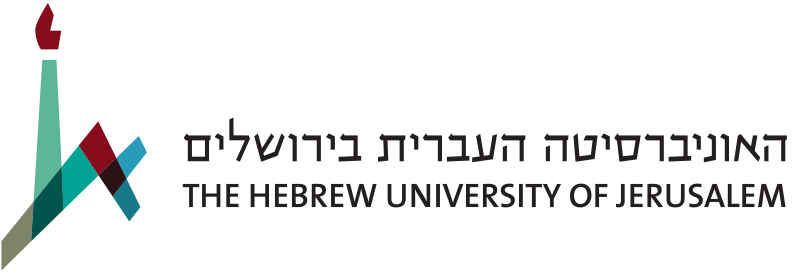Citation:
Abstract:
Destabilization of the target membrane structure by fusion-promoting viral glycoproteins is assumed to be an essential part of the fusion mechanism. To explore this possibility, we employed fluorescence photobleaching recovery to investigate changes in the lateral mobility of native membrane constituents in human red blood cells (RBCs) during the course of Sendai virus-mediated fusion. The mobile fraction of RBC membrane proteins labeled with 5-(4,6-dichloro-5-triazin-2-yl)aminofluorescein increased significantly in the course of fusion, relaxing back to the original values upon completion of the fusion process. A different effect was observed on the lateral mobility of a fluorescent lipid probe, N-(7-nitro-2,1,3-benzoxadiazol-4-yl)phosphatidylethanolamine, incorporated initially into the external monolayer. In this case, the lateral diffusion coefficient (rather than the mobile fraction) increased during fusion; this increase was permanent in the absence of Mg-ATP and transient in its presence. An active viral fusion protein was required to mediate the effects on both protein and lipid mobility. These effects, which take place on the same time scale as that of the fusion process, suggest that the organization of the RBC membrane is perturbed during fusion and that the observed changes may be related to the fusion mechanism.

